Renewable & Sustainable Energy for Your Home
As the cost of living crisis begins to bite and fears about climate change become ever more real, many of us are looking at what we can do to save money and reduce our carbon footprint. Whether that’s through investing in renewable energy for our homes or places of business, or adopting some simple tricks and tips to reduce our energy bills, there’s plenty we can do.
In this post we explore a range of sustainable and renewable energy products for homes and businesses.
Air Source Heat Pumps
Air source heat pumps are a great sustainable and energy efficient way of heating your home. For many people in the winter months, hot water and heating is one of their biggest energy uses, and by removing your reliance on mains gas or electricity, significant savings can be made. Especially with the huge price increases expected over winter in 2022/23.
Air source heat pumps work essentially as a refrigerator in reverse. They absorb heat from the outside air and transfer it to a liquid refrigerant. The pump then compresses this to increase its temperature, and this is used to heat a hot water cylinder which provides hot water to your taps and heating system.
They continue to work well even when the outside temperature is well below zero, so they’re suitable for all parts of the UK. Although they use electricity to run, the heat they provide will more than outweigh the cost, making them an excellent low carbon and lower expense way to heat a home or office.
The heat pump itself will need to be placed outside with good airflow, and they can be quite bulky. They can also produce a low but noticeable amount of noise as they run, so are best suited to being placed around the side of your house.
Unfortunately, air source heat pumps come with a high initial investment. They can cost anywhere between £7000 to £14000, not including the costs of installation, so it can take a while for them to pay for themselves. They are also best suited to homes with efficient heating systems installed, and those which are already well insulated. Also, as ASHPs output less overall heat compared to a gas boiler, many people choose to upgrade to underfloor heating systems at the same time to maximise the benefit.
However, as of April 2022, a grant of up to £5000 is available from the government, potentially reducing this initial investment significantly.
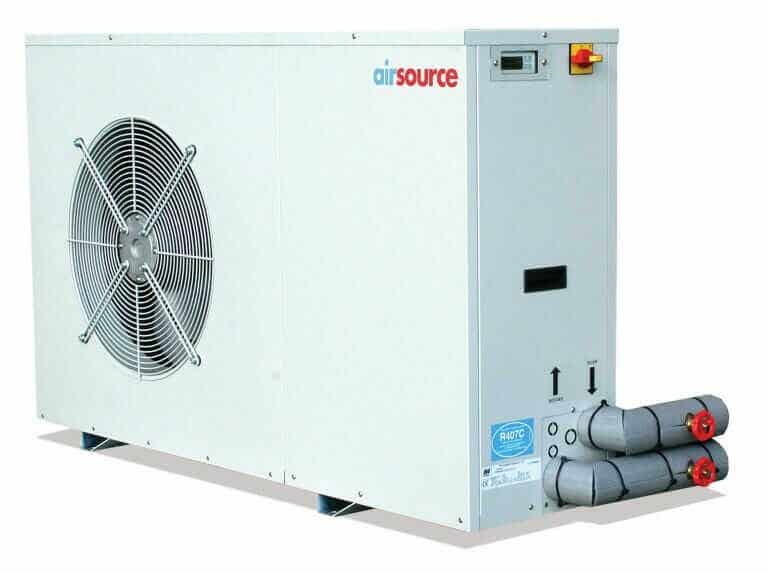

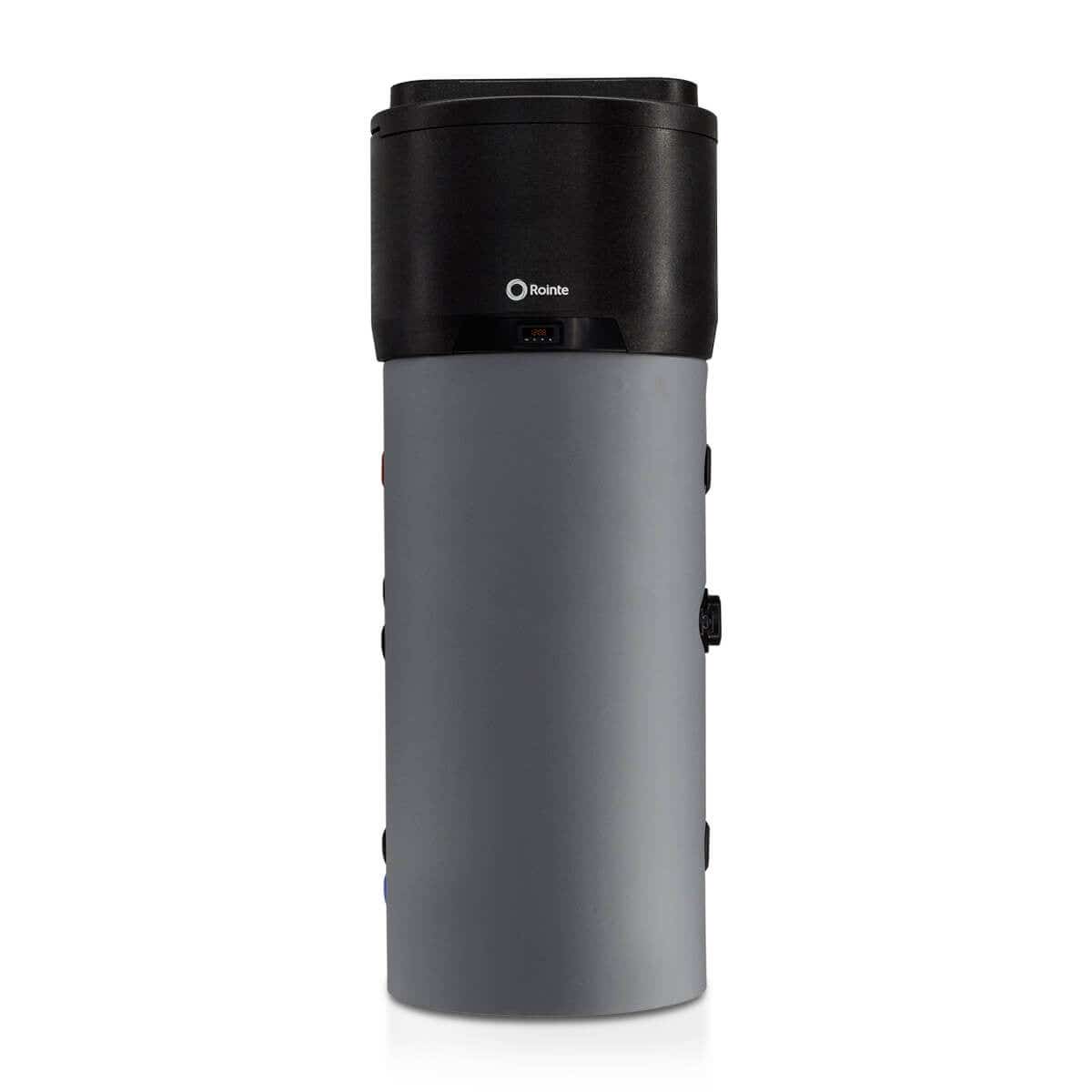

Rointe Heat Pumps
Pros:
- Very low carbon footprint
- Saves money on energy bills
- Easy to install & low maintenance
- 20 year+ lifespan
- Government grants available
- Some units can be used for cooling in summer
- Usually don’t need planning permission
Cons:
- Expensive initial investment
- Bulky and unsightly pump
- Can be noisy
- Lower heat output than gas boiler
- Requires a well insulated home
- Upgrading heating system adds to cost
Air Source Pros and Cons
Solar Panels
Solar panels are one of the best sustainable ways to generate your own electricity and reduce your energy costs. Solar panels, sometimes known as photovoltaics (PV), use energy from the sun to generate electricity. This is either used directly, stored in a battery, or put back into the grid. Contrary to popular belief, PVs don’t need direct sunlight and will still generate power on overcast or rainy days. However, you’ll get the best results from south or south-west facing roofs.
As the technology has matured, solar panels have become more reliable, more efficient and less expensive. Although they require a sizable initial investment, this will be recouped over time with lower electricity bills. This could be even quicker as electricity prices continue to rise.
The UK Government’s Smart Export Guarantee allows you to further increase your savings by selling excess power generated back to the grid. Depending on your electricity usage, the wholesale price, and how much you store or sell back to the grid, you should expect solar panels to pay for themselves within 8-10 years.
Solar panels will require professional installation and of course adequate roof space to house them. A typical 1 bedroom house would require around 6 solar panels, a 3 bedroom home would likely require 10, and a larger 5 bedroom house would need upwards of 14. The average installation cost for a 3 bedroom house would be £5500, however, VAT has been reduced from 5% to 0% for the next 5 years. If you add a solar battery, expect to add £3000 - £7000 to this cost.
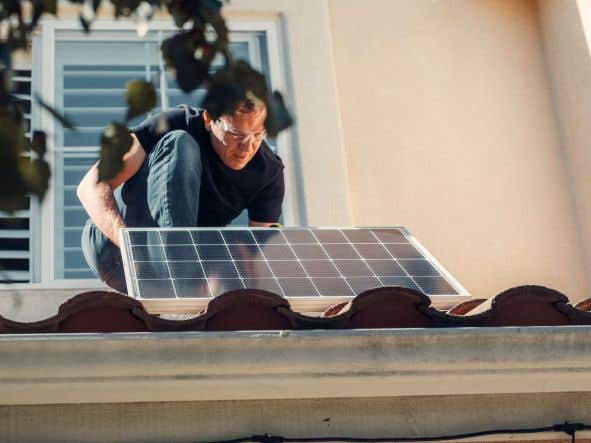

Solar Panel Pros and Cons
Pros:
- Very low carbon footprint
- Wide range of options and installers
- Unlikely to need planning permission
- Zero VAT
- Work well in most conditions
Can store or sell excess power
Cons:
- Require professional installation
- Significant initial investment
- Best results from a south or west facing roof
- Unsightly
- Battery storage costs extra
Wind Power at Home
One of the last realistic options for generating sustainable electricity for a home or small business is wind power. In the UK, we are blessed with significant and reliable amounts of wind that can be harnessed. As the wind turns the blades, they power a turbine which generates power. For those looking for sustainable ways to generate electricity from wind at home, there are two options: Pole mounted or building mounted.
Pole mounted wind turbines are significantly larger and generate around 6kw of energy if they’re placed in an optimum location. However, they require a large initial investment; you should expect to pay between £25,000 and £35,000 for installation.
The alternative to a pole mounted wind turbine is a much smaller, building mounted version. These typically supply up to 2kW of energy, but cost significantly less and are much less intrusive. In fact, building mounted wind turbines can cost as little as £3000 to install.
Home wind turbines are traditionally best used in coastal, rural or semi-rural areas that can provide a consistent wind speed of 6 m/s. The area you choose needs to be free from obstructions such as buildings, trees and hills. This, coupled with their high investment means they often only become a viable solution for a select number of people. Installing a wind turbine in the wrong location may mean you never recoup your costs.
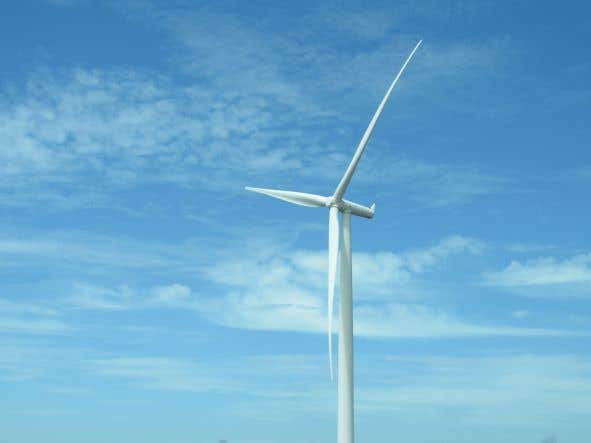

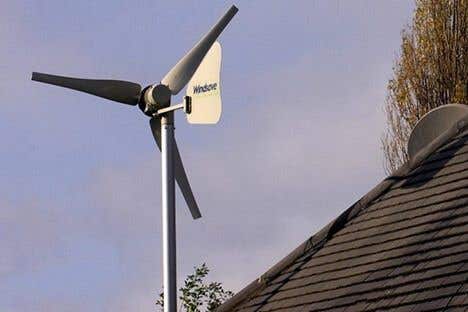

Wind Turbines Pros and Cons
Pros:
- Very low carbon footprint
- Potential to produce lots of power
Cons:
- Substantial Initial Investment
- Dependent on Specific Environmental Conditions
- Moderate Maintenance Required
- Aesthetic Concerns for Some
Solar Garden Lights
For those who take delight in their gardens during the warm summer months, solar-powered outdoor lighting has become increasingly popular. These lights come with a small photovoltaic (PV) cell that charges a battery throughout the day, and they automatically illuminate as the sun sets.
From enchanting fairy lights and pathway illuminations to wall-mounted fixtures, these solar lights typically shine for 6-8 hours on a full charge—more than sufficient for a leisurely summer evening outdoors.
As we grow more conscious of both our ecological footprint and the rising costs of energy, the shift towards more sustainable and economically efficient living practices becomes imperative. Should you have specific products in mind that you can't locate on our website, please feel free to reach out; we have the capability to stock a wide array of items.











